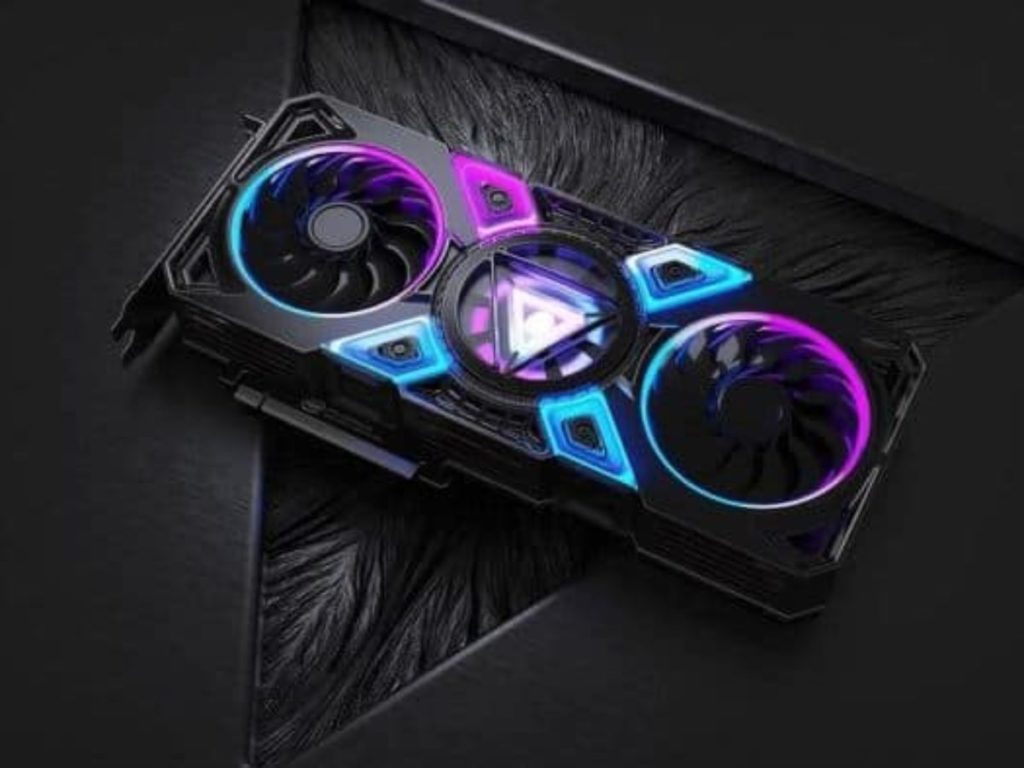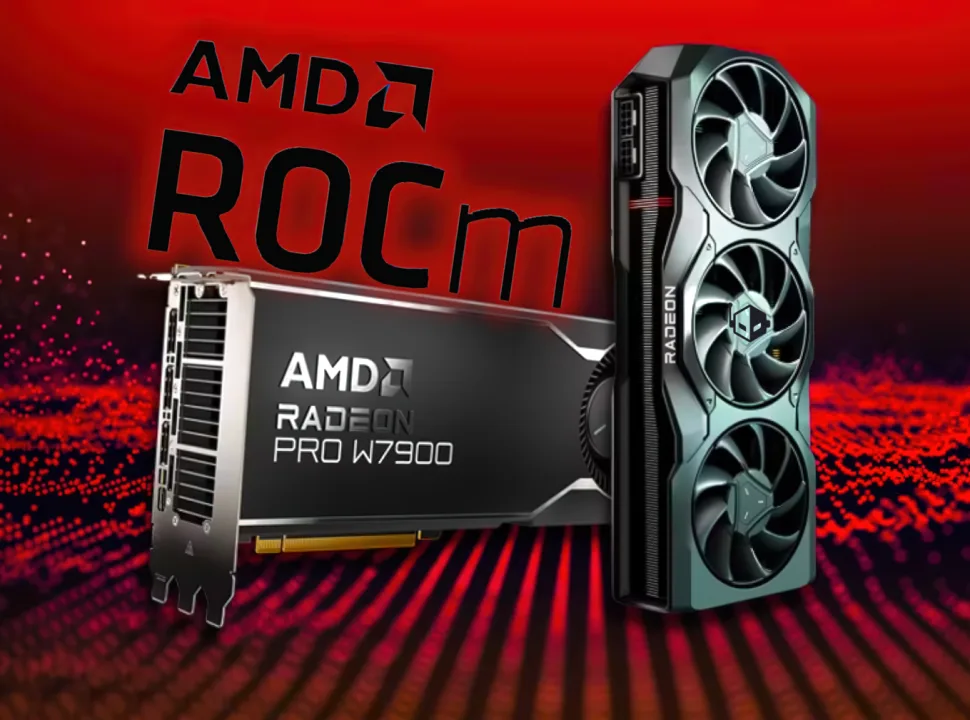Intel didn’t reveal transistor counts or die sizes for its Arc Alchemist-based ACM-G10 and ACM-G11 graphics processing units (GPUs) in their formal presentation on March 30, despite disclosing performance estimates. Intel’s lower-performance ACM-G11 has a large transistor budget, whereas the higher-performance ACM-G10 has a conservative transistor budget, which is akin to Nvidia’s G104.
According to Hardware Unboxed, Intel’s smaller ACM-G11, which powers entry-level A350M/A370M mobile GPUs, measures 157 mm2 and has 7.2 billion transistors, while the higher-end ACM-G10, which will be utilised in both mobile and desktop PCs, is 406 mm2 and has 21.7 billion transistors (via Andreas Schilling). Because Intel’s Arc Alchemist discrete GPUs are built using TSMC’s N6 fabrication process, we can’t directly compare their die sizes to AMD’s RDNA 2 or Nvidia’s Ampere GPUs because the nodes are different.
Die size is a crucial characteristic for a processor since it helps you to estimate its approximate cost and make some educated assumptions about where it will be placed. The transistor count, on the other hand, allows us to evaluate the device’s expected performance and feature set.

Intel evidently did not wish to pitch the ACM-G10 GPU, which measures 406 mm2, towards enthusiasts looking for maximum performance. The ACM-G10 is barely built to compete with AMD’s Navi 21 and Nvidia’s GA102 enthusiast-grade GPUs, which measure 519.8 mm2 (Navi 21) and 628.4 mm2 (GA102), respectively. Meanwhile, with a 406 mm2 die footprint, Intel should be able to be more flexible with GPU price.
In any event, assuming Intel’s high-end GPU has correct drivers, ACM-G10-based cards have a good chance of making it onto our list of the top gaming graphics cards available.
FP32 compute performance of Intel’s higher-end ACM-G10 in its mobile A770M incarnation is comparable to AMD’s Radeon RX 6850M and Nvidia’s GeForce RTX 3080 — keep in mind, however, that FP32 performance alone does not always reflect performance in actual games. The ACM-G10 is 17.5 percent larger and has 20.7 percent more transistors than AMD’s Navi 22. Its die size is similar to that of Nvidia’s G104, however it contains 20% more transistors.
Intel definitely did not seek to construct a big-fat GPU with the ACM-G10 in terms of die size and transistor count. While the GPU may have some unique features, it will most certainly fall short of desktop GPUs such as AMD’s Radeon RX 6900 XT or Nvidia’s GeForce RTX 3090 Ti. However, it appears to be a decent GPU for desktops and laptops, so perhaps this is what Intel had in mind all along.
also read:
TSMC CEO has some huge claims regarding low smartphone demands
source








